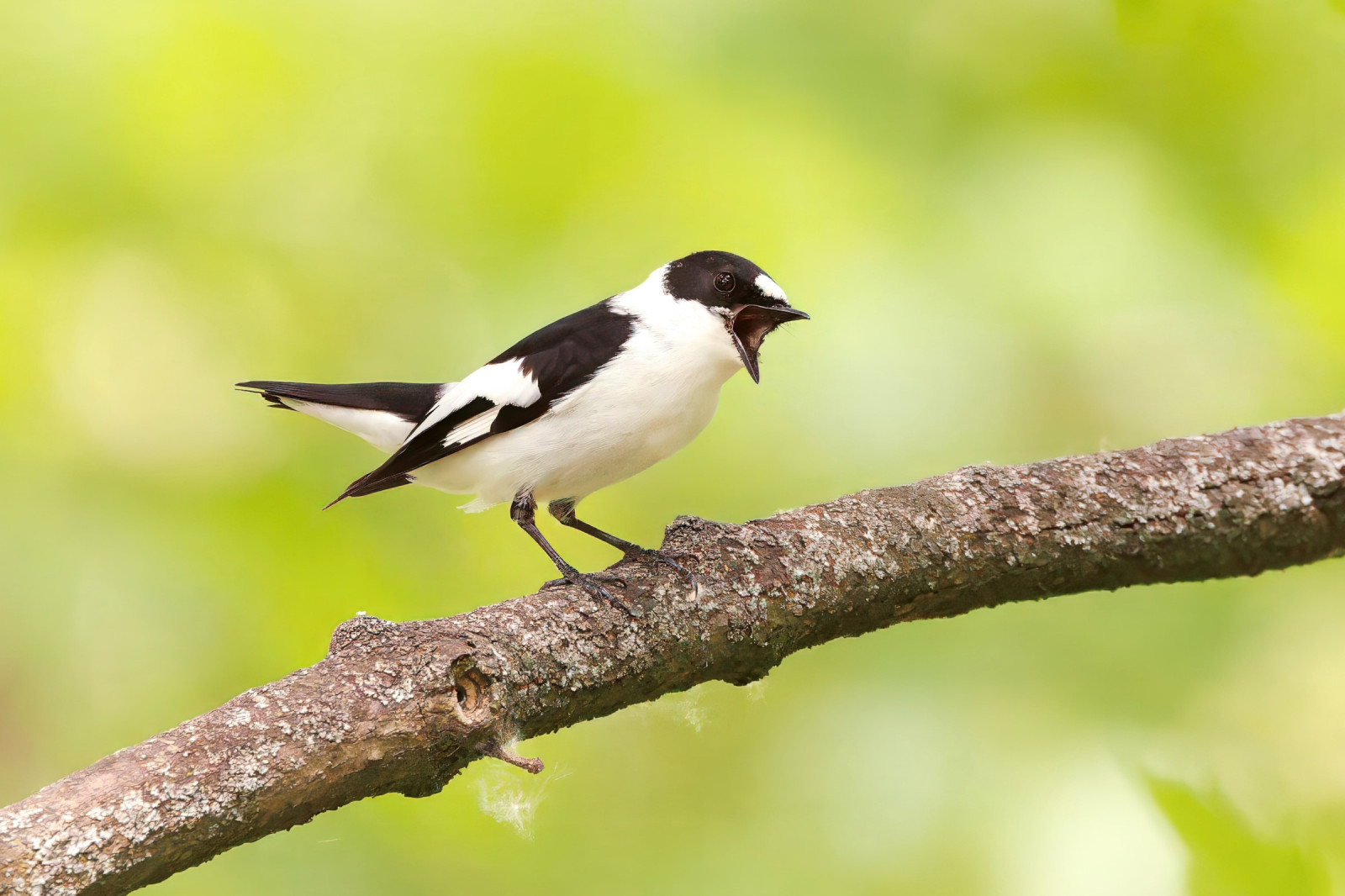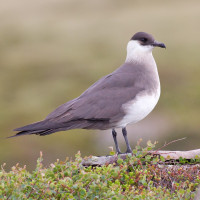Description
No less than 244 bird species have been recorded on the islands of Stockskär and Häradskär. In March the migration of Пухівка зеленошия starts. Thousands of of them can bee seen migrating past the island if the weather is okay. At the same time the first Пісочник великий, Галагаз євразійський, Кулик-сорока and Щеврик острівний can be seen in smaller numbers. You can also see smaller amounts of migrating marine ducks and loons, but only in small numbers. At this time the first auks also arrive.
In April the spring birds continue to arrive. The migration of marine ducks continues, and sometimes hundreds of Чернь морська might be seen migrating. Sometimes a couple of Пірникоза велика, Пірникоза червоношия and Пірникоза сірощока can be seen resting or passing. The first terns also arrive in april.
In May large number passerine birds arrive. Hundreds of warblers can bee seen resting on the island on their way north. Some birds who are numerous during this season are Горихвістка звичайна (as many as 50 have been seen in a day), Кропив’янка прудка (as many as 750 have been seen in a day), Кропив’янка сіра (as many as 50 have been seen in a day), Вівчарик весняний (up to 500 have been seen in a day), Кропив’янка чорноголова (as many as 150 have been seen in a day), Вівчарик весняний (as many as 500 have been seen in a day), Вівчарик-ковалик (as many as 40 have been seen in a day), Вівчарик жовтобровий (as many as 75 have been seen in a day). Most passerine birds are seen around the 10th of May. Along with theese birds you can find many rare ones like Синьошийка (relativley common) Мухоловка білошия (possible if the conditions are right), Мухоловка мала (seen almost every year) Горихвістка чорна (seen every year), Сова болотяна (seen almost every year) Дрізд гірський (seen some years), Шишкар білокрилий (some years) Вівсянка-крихітка (seen only some years). In May large amounts terns also pass the islands, sometimes in the hundreds.
After May has passed it is not until September that the islands start to become rich in birds. The migration starts with passing Пірникоза сірощока. A few passerine birds also rest on the island on their way south. Like Кобилочка-цвіркун (rare). It is in the middle of September that the waterfowl starts to migrate south which continues all the way into September. Starting with marine ducks and dabbling ducks. Most common are the Синьга (as many as 4400 have been seen migrating in a day), Турпан (as many as 3400 have been seen migrating in a day), Крех середній (as many as 770 have been seen migrating in a day), Свищ євразійський (as many as 3600 have been seen migrating in a day) who can be seen in the thousands migrating. Later in the season Казарка чорна starts to migrate south often in the thousands.
In October/late September the large amounts of passerine birds return, this time with hundreds of Золотомушка жовточуба (at most 600), Вільшанка (at most 300), Кропивник (at most 400), Підкоришник звичайний (at most 120), Чечітка звичайна (at most 800), Дрізд співочий (at most 500). In autumn ringing is carried out at Häradsskär. Along with these birds it is not rare to find a rare warbler or pipit like Вівчарик лісовий (almost every year), Вівчарик-ковалик (the siberan subspecies tristis is regular at the island), Вівчарик золотомушковий (in total 10 of this vagrant have been seen on the island). The islands are quite attractive to many birds and the place has a quite long list of vagrants. This island also has the only 2 records of Кобилочка співоча in Sweden. In no other place has this bird been seen, but here its been seen twice.
Details
Access
The boats to Häradskär start from Fyrudden harbour. Getting to Häradskär with a ferry costs from 400 SEK per person (evening trip to Häradskär with Skärgårdskompaniet, see the link below for more info). Taxi boats are more expensive, but you can choose when you want to go.
Terrain and Habitat
Forest , Scattered trees and bushes , SeaConditions
HillyCircular trail
NoIs a telescope useful?
Can be usefulGood birding season
Spring , SummerBest time to visit
Autumn migration , Autumn , Spring migration , SpringRoute
Wide pathDifficulty walking trail
Average walkAccessible by
BoatBirdwatching hide / platform
NoExtra info
The ringing of birds is carried out in autumn.



